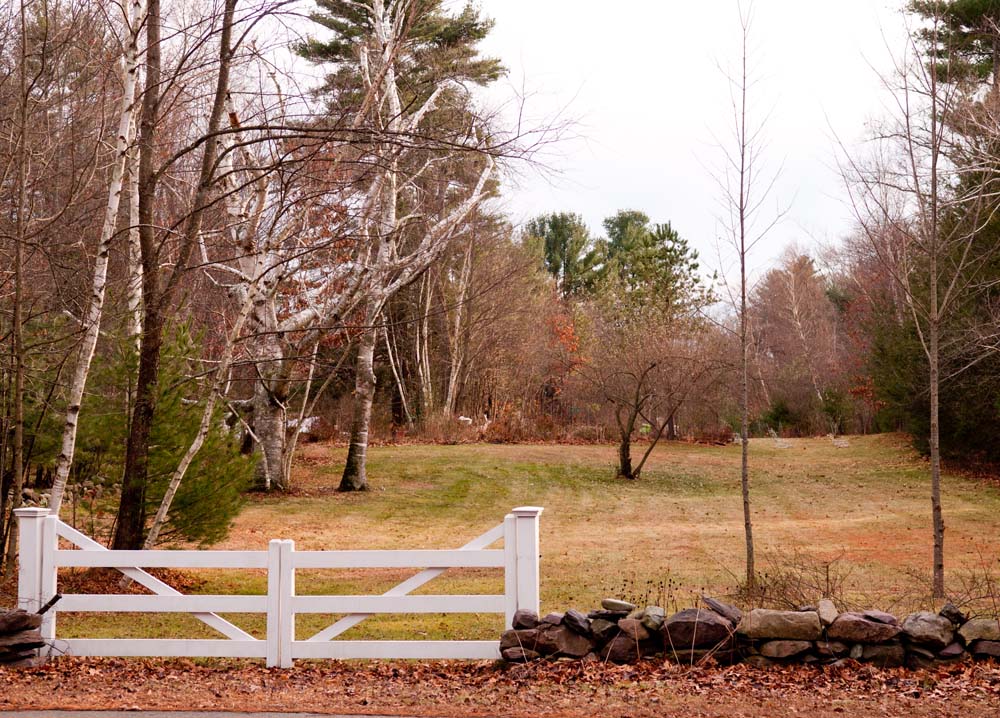True Tales: They died at Punkapoag
By George T. ComeauBelow is an excerpt from part 2 in a two-part series about the Ponkapoag Indian Plantation. The story appears in the December 13 issue of the Citizen.
At 150 Chapman Street sits a beautiful house on five acres of land. In 1988, the owner, Peter Flynn, decided that to fund his retirement he would build a small seven-lot subdivision. The virgin land would be worth more than $3.5 million once developed.
I was on both the Planning Board and the Historical Commission when the project moved forward. William O’Neil sat atop the wide blade of his bulldozer ripping through the soil to construct the new road. Within minutes, a leg bone surfaced, followed by ribs, and finally a skull. More bones churned up from the soil, and the bulldozer stopped. Flynn arrived home that day to state police cars, media cameras, and a full contingency from the Medical Examiners Office. It was, however, the state archeologist, Brona Simons, who soon declared the site to be an unmarked Indian burial ground.
I was there on that cold, dry October day. And I stayed there for months as the work to determine the extent of the cemetery was painstakingly discovered. That first day was a blur; there were bones scattered all over the hill where the road was cut. Soft sandy soil was pockmarked with jaw, pelvic and literally dozens of human remains. Soon, grids were established and work began to define the boundaries. Security was tight to ensure that souvenir hunters were unable to disturb this sacred site. The town sent the DPW and Fire Department to assist. Planks were brought in to ford the soft soil and protect the areas around the graves. Each day brought new discoveries and hundreds of bones. As the autumn rains fell, they would wash out more human remains, and after each storm I would gather the tiniest of fragments to turn over to the commonwealth for care and protection.
It was an extremely emotional time. I was holding the skull of these same Indians who were friends of Sassamon and Eliot. Each day revealed new information about their burial practices and the lives they lived in Ponkapoag. The most touching instance was discovering a coffin lid, collapsed around a small pair of feet, gently removing the lid and revealing a small girl’s moccasins with hundreds of little beads intertwined in the decaying bones. The artifacts that were buried with these Indians showed that they brought into the afterlife sacred objects that would aid them on their eternal journey. Pipes, iron pots, and fragments of pottery sat alongside burial shroud pins and wooden coffins. Everything was collected, ultimately to be catalogued and studied…
Short URL: https://www.thecantoncitizen.com/?p=17812











